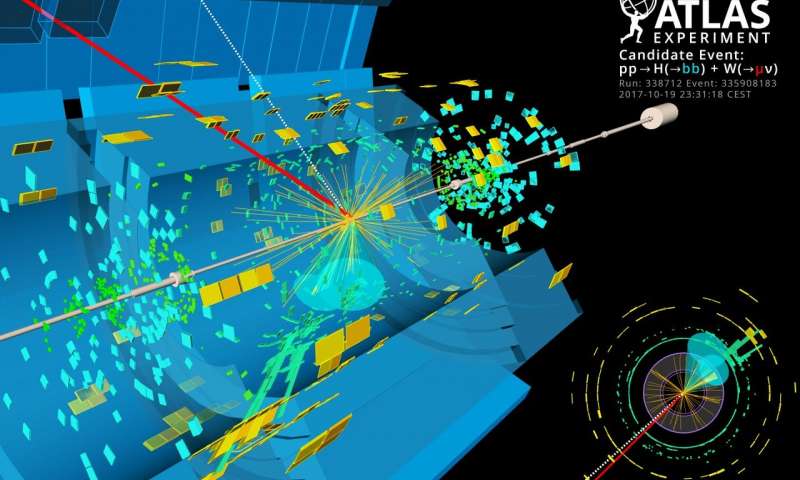
Six years after its groundbreaking discovery, two experiments at CERN report that they’ve observed the Higgs boson decaying in the way scientists predicted it would. The findings are important because they confirm the current theory that suggests the Higgs Boson, or ‘God particle’, plays a critical role in how fundamental particles gain their mass.
The Higgs saga continues
The Standard Model is a kind of periodic table of the elements for particle physics. But instead of chemical elements, it lists the fundamental particles that make up the atoms that, in turn, make up chemical elements, along with any other particles that cannot be broken down into any smaller pieces. More than a quarter of the Nobel Prizes in physics of the last century were awarded for direct inputs to or direct results of the Standard Model. And in the last 50 years, every attempt to substantially rework the Standard Model — which could more accurately be called The Freaking Amazing Undefeated Model of Everything Ever — has failed.
Bearing with this track record, physicists working with the Large Hadron Collider (LHC) expected to see that about 60% of the time a Higgs boson will decay to a pair of bottom quarks, the second-heaviest of the six flavors of quarks.
“One of our main goals is to measure the Higgs decay rates, and the dominant Higgs decay is this bottom-quark channel. About 60 percent of Higgs bosons should decay into bottom quarks,” said Jason Nielsen, professor of physics at UC Santa Cruz and associate director of the Santa Cruz Institute for Particle Physics (SCIPP).
“If we measure all the predicted ways the Higgs can decay and they don’t sum up to 100 percent, it could mean there is something else coupling to the Higgs, like dark matter.”
But recording such an event is challenging to say the least. To produce Higgs bosons, two protons are accelerated and collided, fusing into two top quarks that ultimately recombine to form the God particle. Billions of collisions are required to record a single Higgs boson signal. Once it’s produced, the Higgs boson lasts only a mere 10-trillionths of a nanosecond before it decays into less massive particles. In 2011, when the boson was first confirmed, physicists identified it from its decay to a pair of photons, which theory predicts happens only 0.2% of the time. Other than bottom quarks and photons, Higgs bosons are supposed to decay into pairs of W bosons (21 percent), Z bosons (6 percent), tau leptons (2.6 percent), and other exotic particles in very low proportion.
Another reason why confirming the Higgs boson’s most common decay process is difficult is that there are many other ways of producing bottom quarks in proton-proton collisions. Sorting a Higgs-boson decay signal from the background “noise” associated with such processes can be daunting, if not impossible.
ATLAS and CMS, the two main physics experiments at CERN, were able to overcome these challenges by looking at collisions in which a Higgs boson was produced at the same time as a W or Z boson. Researchers call this class of collisions “associated production”. After they combined data from the first and second runs of the LHC, which involved collisions at energies of 7, 8, and 13 TeV, the researchers then applied complex analysis methods to the data, allowing them to single out the Higgs boson decay to a pair of bottom quarks with a significance that exceeds 5 standard deviations — a one in 3.5 million chance that what the scientists were seeing was due to randomness. Finally, the rate of decay both teams measured was consistent with the Standard Model prediction.
“This observation is a milestone in the exploration of the Higgs boson. It shows that the ATLAS and CMS experiments have achieved deep understanding of their data and a control of backgrounds that surpasses expectations. ATLAS has now observed all couplings of the Higgs boson to the heavy quarks and leptons of the third generation as well as all major production modes,” said Karl Jakobs, spokesperson of the ATLAS collaboration.
In the future, researchers working at CERN plan on improving their method so they might study this decay mode with a much greater resolution and explore what other secrets the Higgs boson might be hiding.
Scientific reference: Observation of Higgs boson decay to bottom quarks. arXiv:1808.08242 [hep-ex] arxiv.org/abs/1808.08242.



